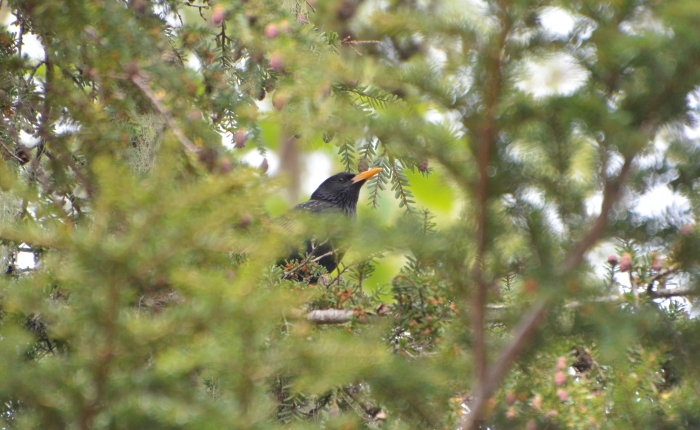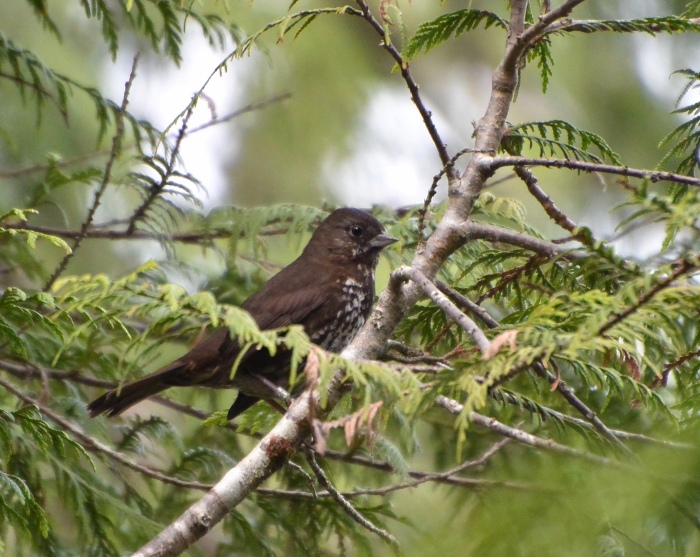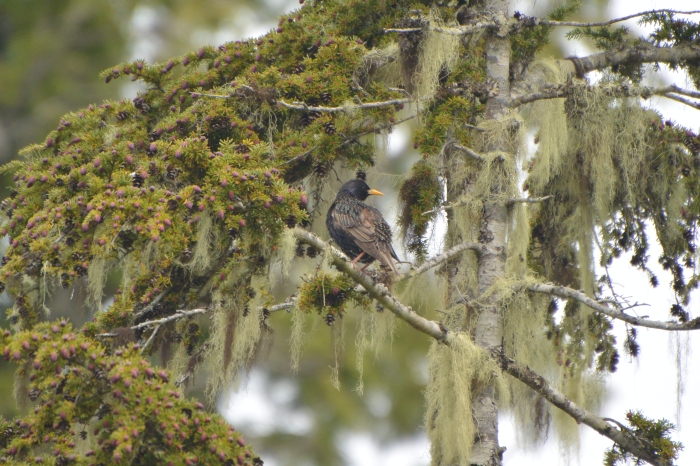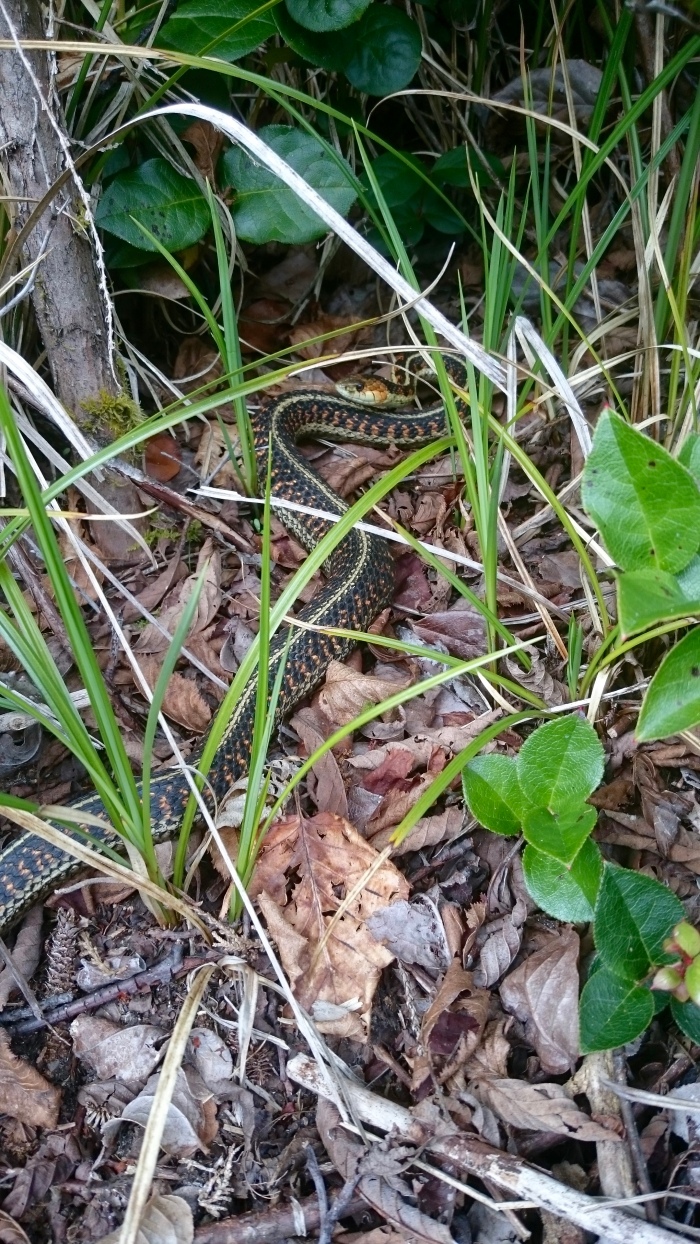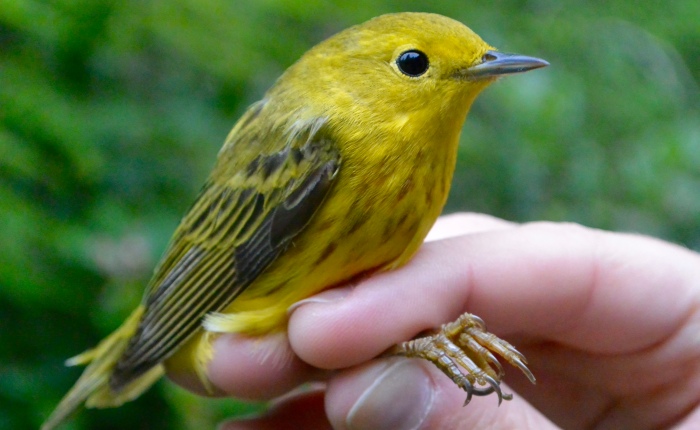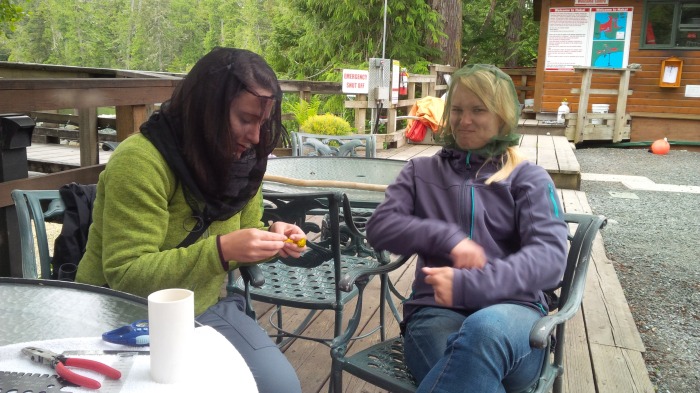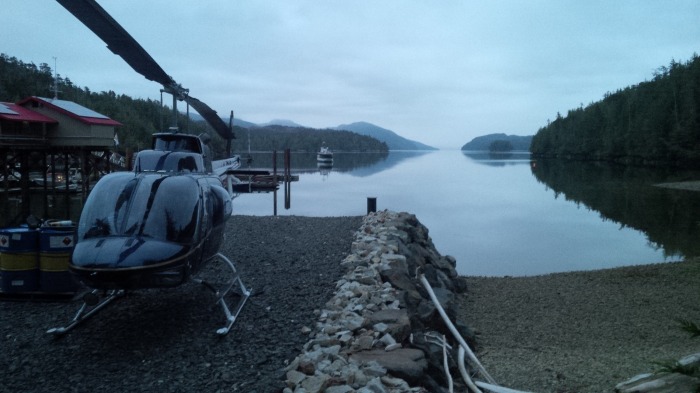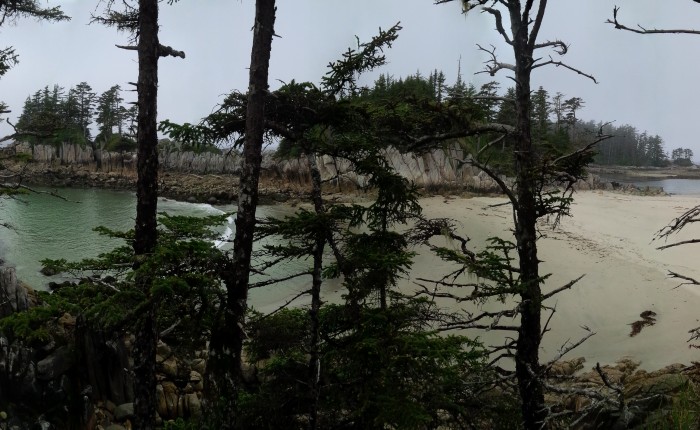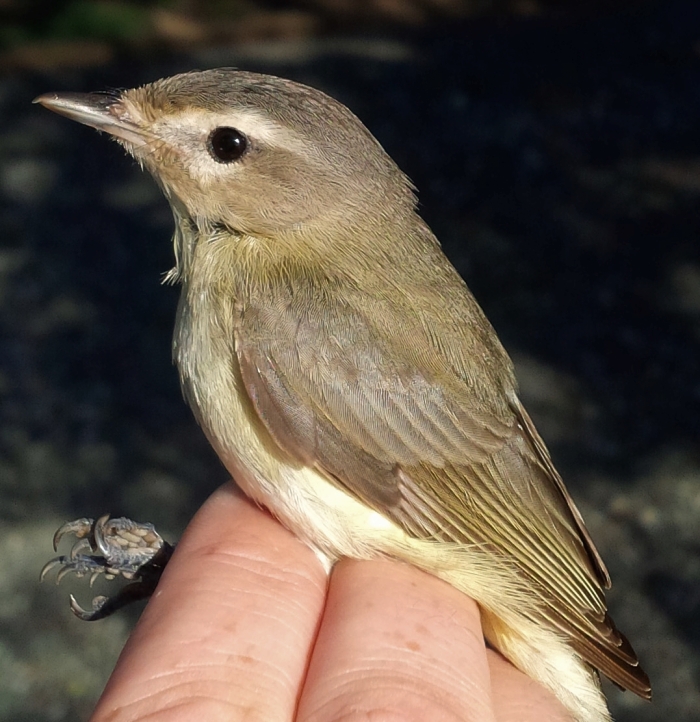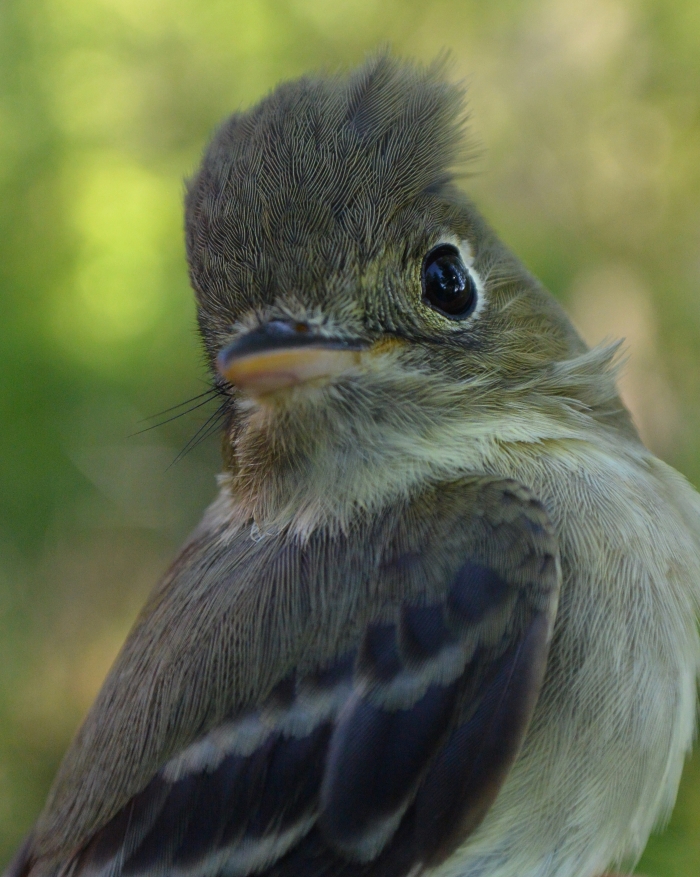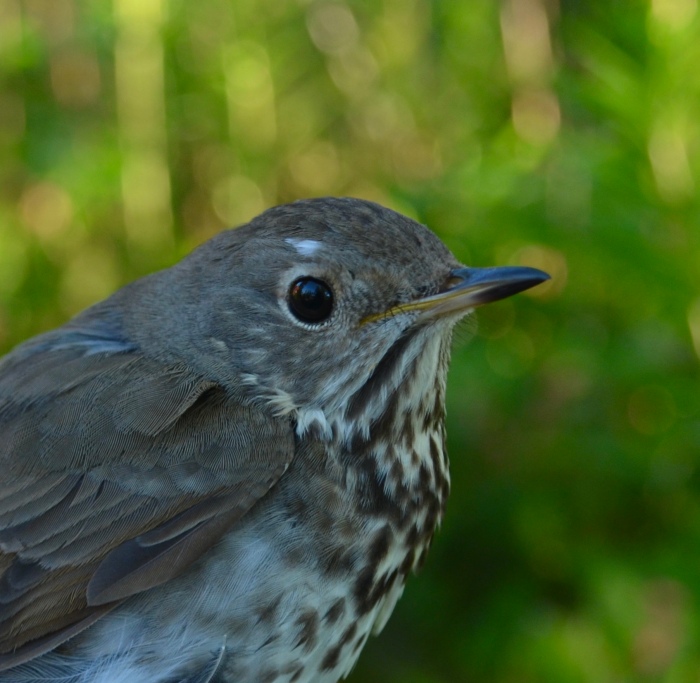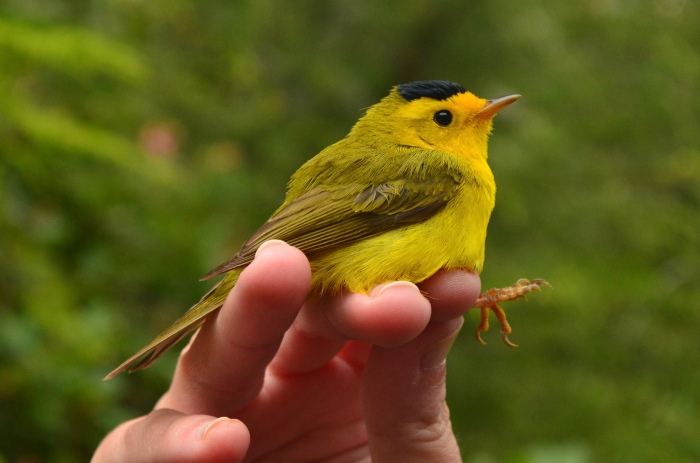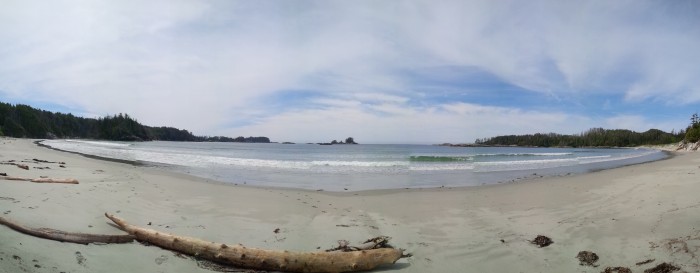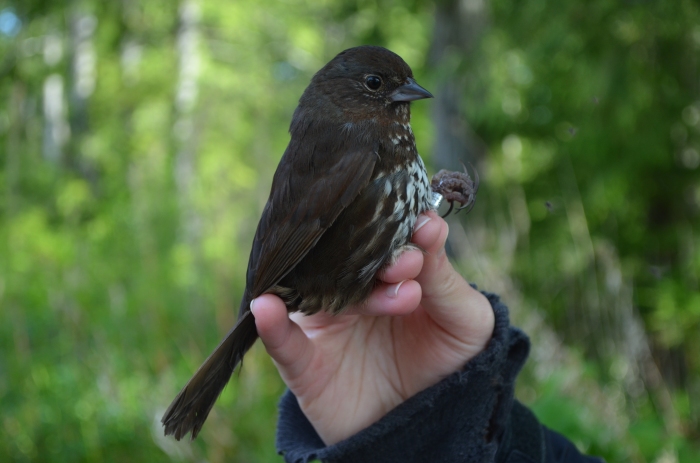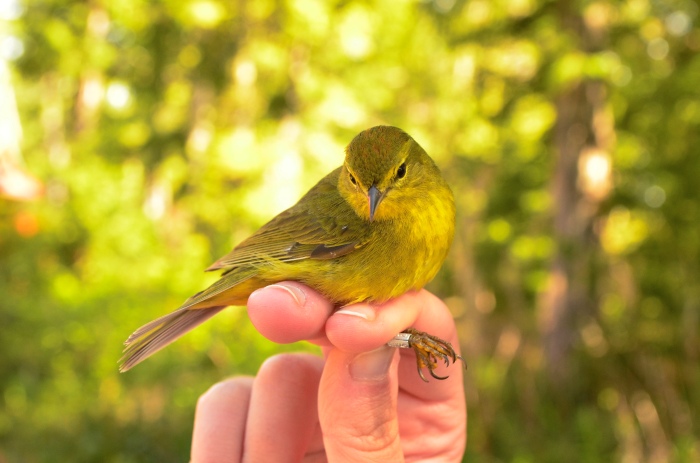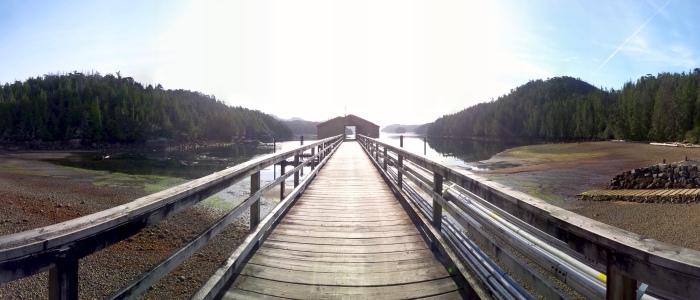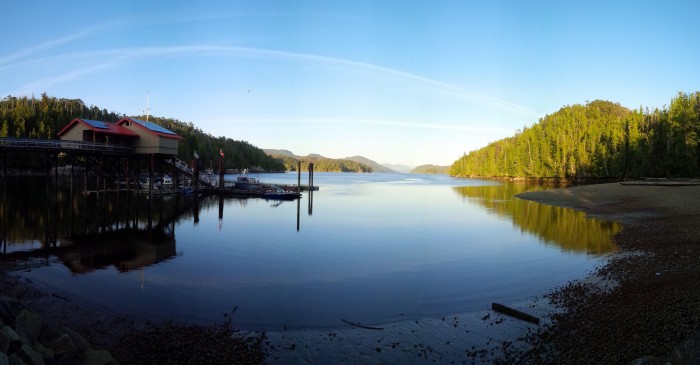Sharlene and I made it safely back to Nanaimo at about 9:30 PM last night. The weather was great and our water taxi ride from Calvert Island to Port Hardy took only 3 hours. I was home in Duncan by 10:30, I’m already missing the unlimited coffee I didn’t have to brew myself (I also found out their coffee is a special roast called ‘science fuel’ and it’s specifically for Hakai?!) So I’ll have to find a way to get back there if I want to have more.
During our stay we banded a total of 126 birds of 18 species, and caught 35 recaptures over 10 days of banding. The majority of our recaptures were birds banded last year. Our most abundant species was the Orange-crowned Warbler, which makes sense and is what Eric, Kim and Elsie found last year. We heard many on Calvert Island everyday and they could be easily spotted everywhere on the edge of forests and in the bog.
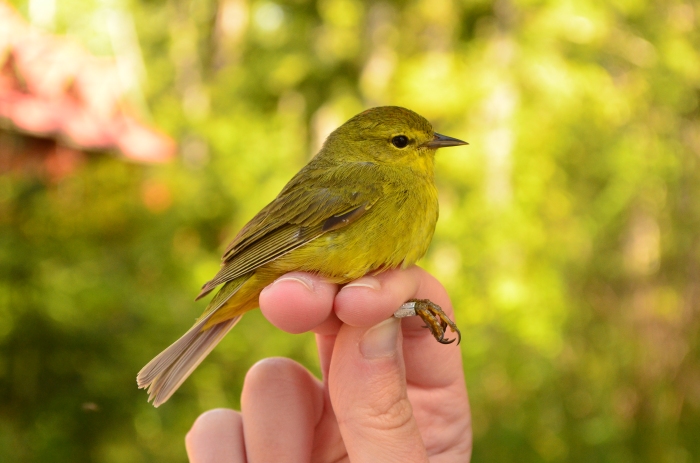
Our second highest captured species was the Yellow Warbler, with 52% of those captures occurring on one day (May 12)! No Yellow Warblers were caught before that date. Going from 8 birds one day to 48 birds the next was definitely the most exciting part of this trip. It’s really neat to see that wall of migration happen first hand. This was also interesting because most of the birds caught that day were older male birds. This may suggest that these birds are more familiar with the fastest way to travel North. Many of the other captured birds that day were Wilson’s Warblers, and the majority of them were also older males.

We also got a couple ‘firsts’ for banded birds on Calvert Island, including a Warbling Vireo which was not seen at all there last year. Jeremiah from the 100 Islands bird crew said that he had also never heard or seen any in that area, so it was a pretty cool catch! We also caught Calvert Island’s first Golden-crowned Sparrows, and a Pine Siskin which both have been spotted in the area, but never caught.
| Species | Banded | Recaptures | Total |
| OCWA | 46 | 13 | 59 |
| YEWA | 27 | 1 | 28 |
| WIWA | 18 | 18 | |
| GCSP | 7 | 1 | 8 |
| HETH | 5 | 5 | |
| TOWA | 4 | 4 | |
| AMRO | 3 | 3 | 6 |
| PAWR | 3 | 3 | 6 |
| FOSP | 2 | 4 | 6 |
| ORJU | 2 | 2 | |
| PSFL | 2 | 2 | |
| BEKI | 1 | 1 | |
| CBCH | 1 | 1 | 2 |
| PISI | 1 | 1 | |
| SOSP | 1 | 9 | 10 |
| STJA | 1 | 1 | |
| SWTH | 1 | 1 | |
| WAVI | 1 | 1 | |
| Total | 126 | 35 | 161 |
No Catbird or Mockingbird 😉 but this was definitely still a very interesting trip!
We also caught many Rufous Hummingbirds during our stay. This also isn’t surprising; we saw them displaying and chasing each other around nearly everywhere on the island! Though we do not band hummingbirds, we did mark the ones we caught in our nets with a dot of ink on their undertail coverts so that we could do a mark-recapture estimate of the population of Rufous Hummingbirds in the area. Of the 45 hummingbirds we marked, only 3 of them were caught again. Using a mark-recapture calculation, this estimates a population of 339, a lot of hummingbirds for a small area! Maybe we’ll have to send someone back to Calvert Island with a permit to band hummingbirds …
I forgot to post a picture from the kayaking adventure we had one night after dinner! I think I was too excited about the Yellow Warblers. Yet another nice thing about staying at this field station is you can sign out kayaks or canoes for a night to explore the various channels near the dock. Sharlene and I paddled to Wolf Beach with Andy and Sarah from the starfish crew – really pretty and we saw some Red-throated Loons up close, too 🙂
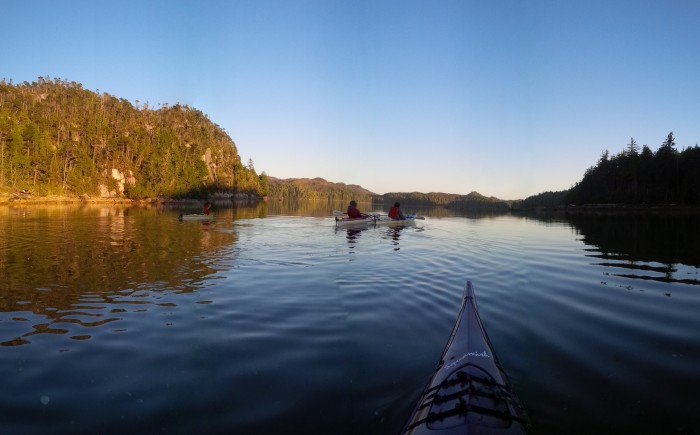
A huge thank-you from Kim, Sharlene and I to Christina, Eric and everyone at the Calvert Island Field Station for all of the hard work and attention to detail it takes to keep an amazing place like this running! Our stay has been incredible and it was really interesting to keep hearing about the huge diversity of research questions being investigated here and on the surrounding islands. I hope to be involved in other projects here in the future. Also a big thanks of course to Eric Demers for giving us this opportunity!
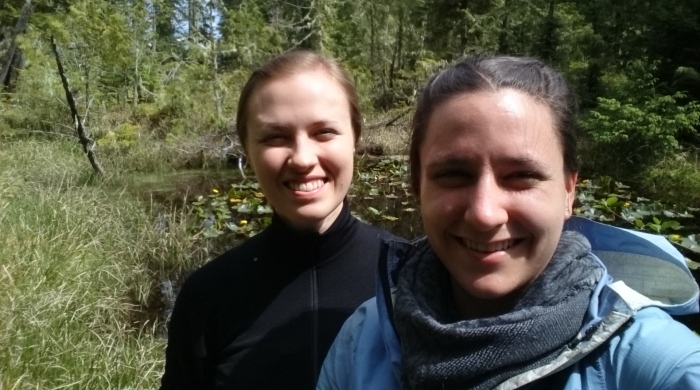

-Sarah





